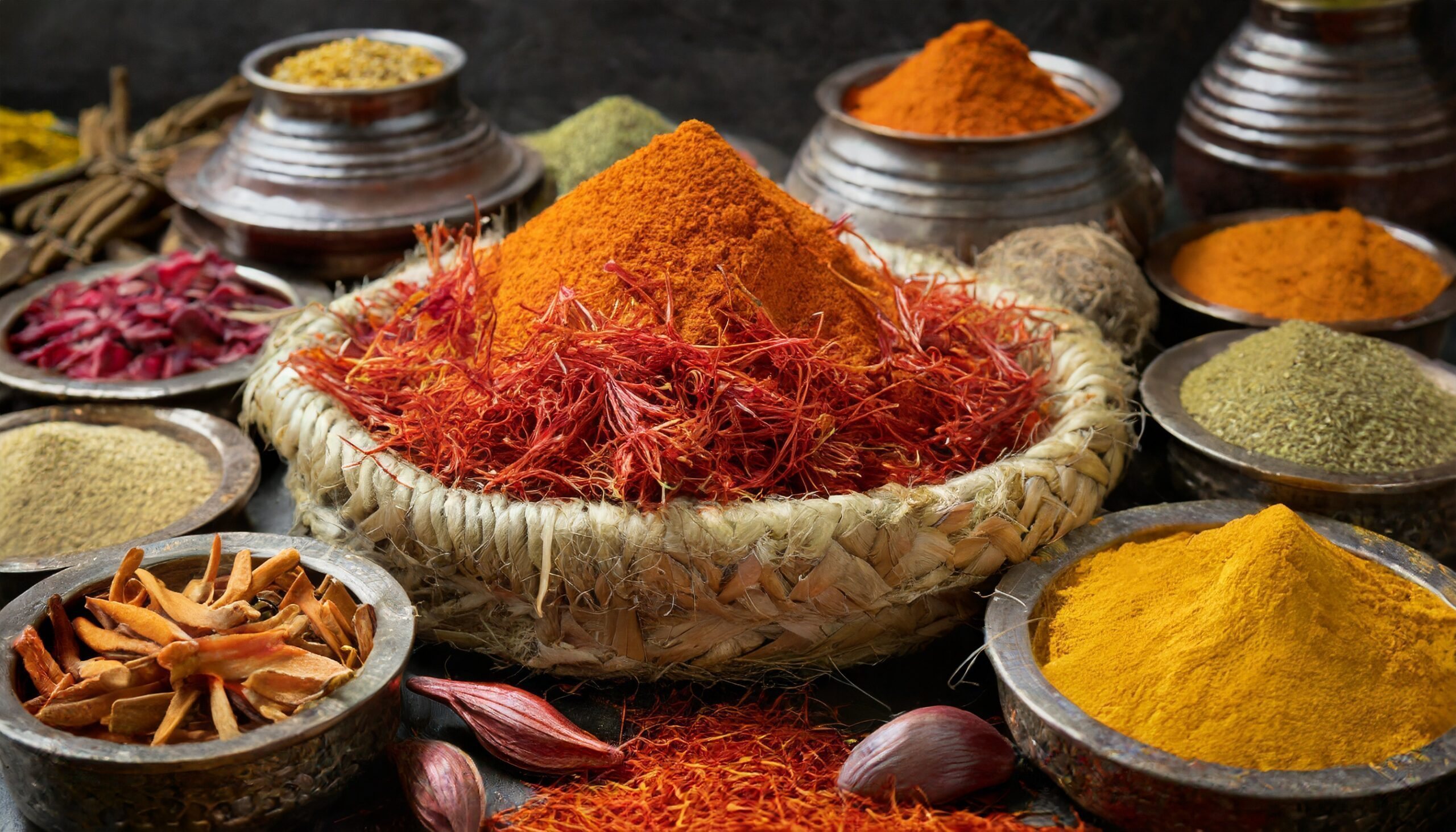
Learn about the fascinating history, cultural significance, and various applications of saffron, from culinary delights to to aromatic distinction and medicinal benefits.
Saffron, one of the most expensive spices in the world, has a history that stretches back over 3,000 years. Originating from the Mediterranean and Southwest Asia, saffron is derived from the stigmas of the Crocus sativus flower. Each flower produces only three red stigmas, and it takes approximately 75,000 flowers to produce just one pound of saffron threads.
History
In ancient times, saffron was highly valued for its medicinal properties, culinary applications, and use in perfumes and dyes. It was often traded along with other luxury goods such as silk and spices. Some of the oldest mentions of saffron are found in ancient Greek literature and medical texts. Saffron was also a status symbol in ancient Egyptian society, where it was used in the process of embalming mummies.
Culture
Saffron has deep cultural significance in various societies. In India, it is often used in religious rituals and ceremonies. The color of saffron has come to symbolize purity and enlightenment in Hinduism. In Spain, saffron is an essential ingredient in paella, a rice dish that’s an important part of Spanish cuisine. The spice also features prominently in Middle Eastern, North African, and Mediterranean cuisines, often used to flavor and color a variety of dishes, from rice and stews to sweets.
Use
Today, saffron continues to be used in a multitude of ways:
- Culinary Applications: Saffron threads or powder can add a unique, earthy flavor and vibrant yellow color to a range of dishes, including rice, stews, and desserts.
- Medicinal Uses: Although not a substitute for professional medical advice or treatment, saffron has been cited in traditional medicine as a remedy for a variety of ailments, from digestive issues to depression.
- Cosmetics: In addition to its aromatic qualities, saffron is also found in beauty products like creams and lotions for its purported skin-lightening properties.
- Dye and Coloring: The vibrant hue of saffron has made it popular for use in textile dyeing and even in artworks.
- Aromatics: The unique aroma of saffron makes it a sought-after element in the production of perfumes and incense.
Saffron’s manifold applications, limited supply, and labor-intensive harvesting process contribute to its high cost. Yet, its enduring appeal across different cultures and uses demonstrates its unique place in human history and daily life.
